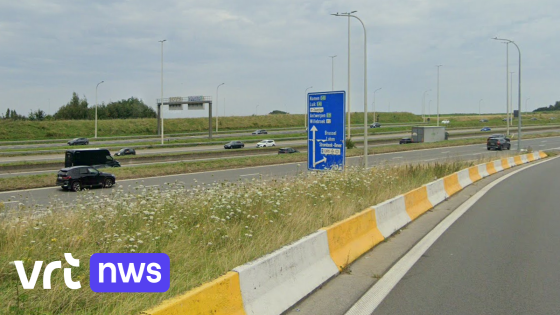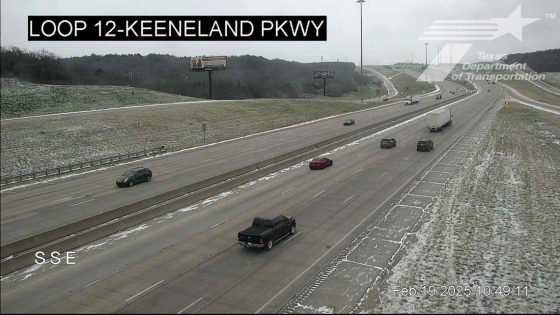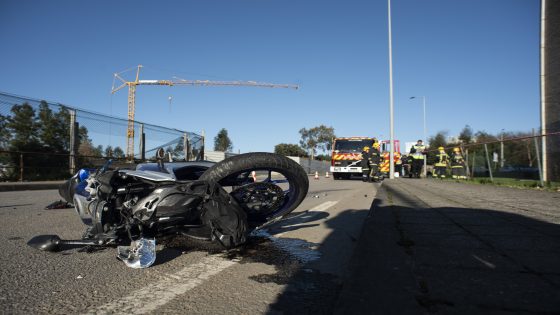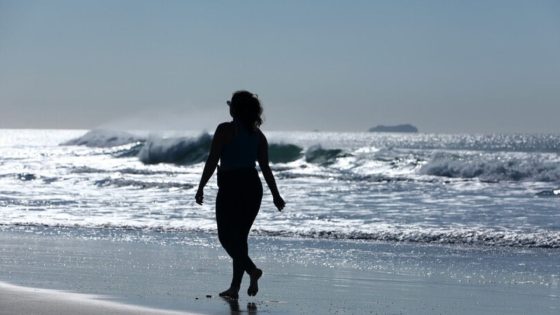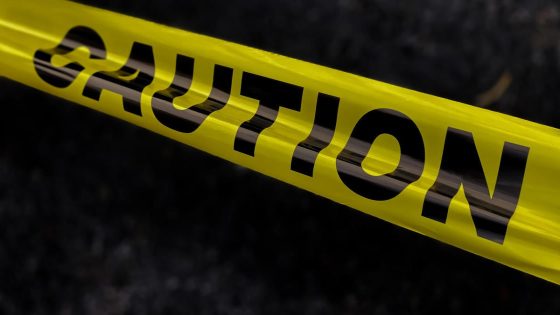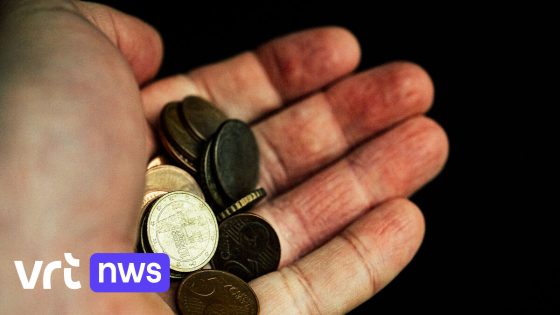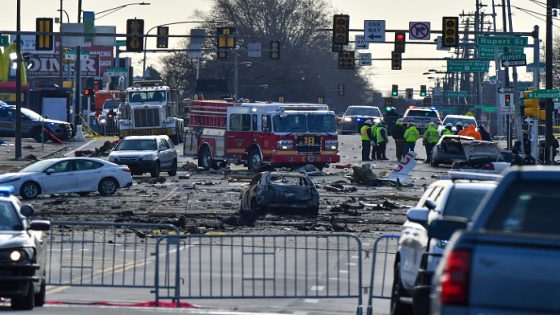Dust clouds from the Sahara can occasionally reach Spain, raising concerns about their composition. A recent study has revealed that while this dust may contain radioactive material, it poses no health risks. This finding is particularly relevant following the intense dust event in March 2022 that affected much of Western Europe.
- Sahara dust clouds reach Western Europe.
- Radioactive material linked to nuclear tests.
- Study shows low health risk levels.
- Research published in "Science Advances."
- Citizen participation crucial for sample collection.
- Dust samples analyzed from six European countries.
Understanding the Radioactivity in Sahara Dust: What You Need to Know
Have you ever wondered about the safety of the dust that travels from the Sahara to Europe? Recent findings indicate that while this dust can carry radioactive materials, the levels are significantly below harmful thresholds. The study, published in “Science Advances,” analyzed samples from six European countries, including Spain, and found the radioactive content to be much lower than what is considered safe.
Key Findings on Sahara Dust and Radioactivity Levels
The research led by experts from Spain and France focused on the radioactive content of Sahara dust, particularly after the calima event in March 2022. Here are some key findings:
- The radioactive levels found in the dust were significantly lower than EU safety limits.
- Average cesium levels were recorded at just 14 Bq/kg, far below the 1,000 Bq/kg limit for food products.
- The study debunked previous assumptions linking the dust to nuclear tests conducted by France in the 1960s.
- Public participation was crucial, with over 110 dust samples collected across Europe.
The Role of Public Participation in Scientific Research
This study’s success was largely due to the involvement of citizens who helped collect dust samples from various locations. Engaging the public not only enriched the data set but also raised awareness about environmental issues. This collaborative effort is a model for future research, showing how community involvement can lead to significant scientific discoveries.
Comparing Radioactivity Levels: Sahara Dust vs. Global Standards
When assessing the safety of Sahara dust, it’s important to compare its radioactivity levels to global standards. The study found that the levels of plutonium and cesium in the dust did not match those from French nuclear tests but were consistent with global radiation patterns from earlier nuclear tests by the US and USSR. This reinforces the understanding that while the dust may carry some radioactive elements, they are not a direct threat to public health.
In conclusion, while Sahara dust can carry radioactive materials, the recent study reassures us that these levels are harmless. Understanding the origins and implications of this dust is vital for public health and environmental safety.





